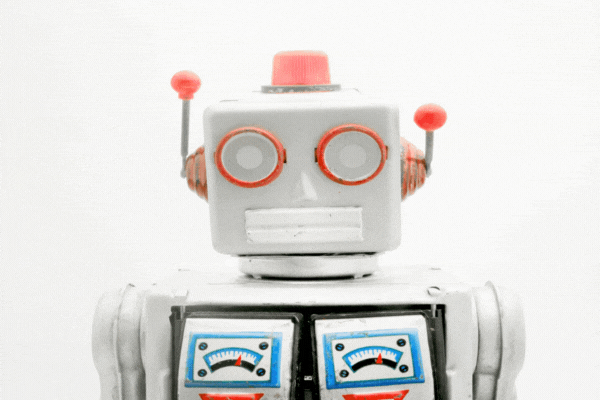Gartner predicts that by 2027, AI-driven agents will cut the time needed to exploit exposed accounts in half.
Attackers are already using AI to automate credential theft and bypass authentication barriers, deploying deepfake-based social engineering and automated bot attacks. As a result, traditional security measures, like passwords, are becoming increasingly unreliable, forcing companies to rethink how they protect their users.
And it’s not just executives at risk, AI-powered scams are targeting employees at all levels.
Gartner anticipates that by 2028, 40% of social engineering attacks will incorporate counterfeit reality techniques, such as deepfake audio and video. With these threats growing fast, businesses need to double down on phishing-resistant MFA and implement stronger detection mechanisms for AI-generated threats.
Why It Matters: AI-driven cyberattacks are growing at a pace that makes traditional defenses obsolete. The rise of deepfake scams and automated credential theft means businesses can no longer rely on outdated security measures. Even well-trained employees can be tricked by these highly sophisticated attacks, making proactive defense more critical than ever. The faster companies adapt, the better they can protect sensitive data, prevent financial losses, and build resilience against AI-powered cybercrime.
- AI Reducing Exploitation Time: By 2027, AI-driven agents will cut the time needed to exploit compromised credentials in half. This means that once an account is exposed, attackers will be able to break in much faster, leaving businesses with less time to detect and respond to breaches.
- Rise of Automated Account Takeovers: Attackers are increasingly using AI to automate account takeovers by leveraging stolen credentials obtained through data breaches, phishing, social engineering, and malware. Bots are then deployed to rapidly test these credentials across multiple platforms, making large-scale attacks more efficient and harder to stop.
- Deepfake Social Engineering Threats: By 2028, Gartner predicts that 40% of social engineering attacks will target both executives and the broader workforce, with attackers increasingly using deepfake techniques to deceive employees. Hackers are using AI-generated voices and videos to impersonate executives, trick employees, and manipulate businesses into handing over sensitive information or transferring funds. Detecting these threats requires a mix of advanced AI detection tools and employee awareness training.
- Need for Stronger Authentication: Traditional passwords are becoming more vulnerable as AI improves its ability to crack credentials and bypass security measures. Experts recommend that businesses transition to phishing-resistant authentication methods, such as passwordless logins and multi-device passkeys, to prevent AI-driven account takeovers. Educating users on safer authentication practices is also crucial to minimizing risk.
- Counterfeit Reality Challenges: The rise of deepfake technology means that businesses must rethink how they verify identities in real-time communications. Fraudsters are now able to manipulate real-time voice and video communications using deepfake technology, making it difficult to detect impersonation attempts during calls and meetings.






